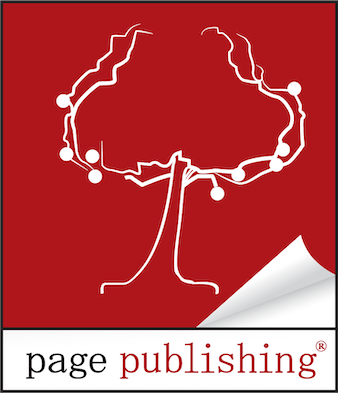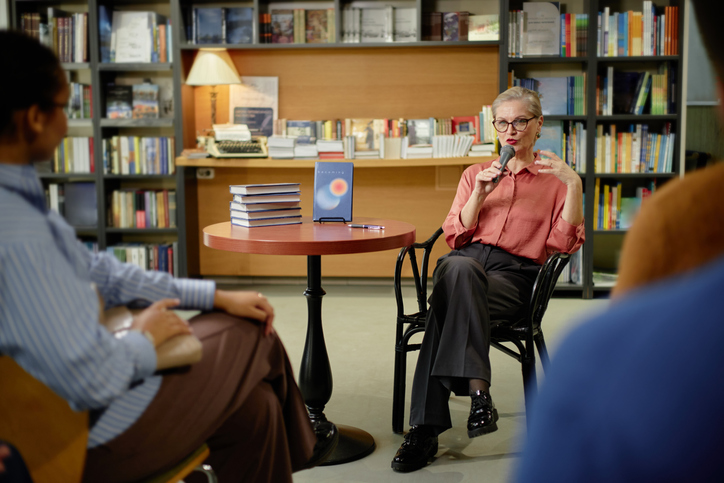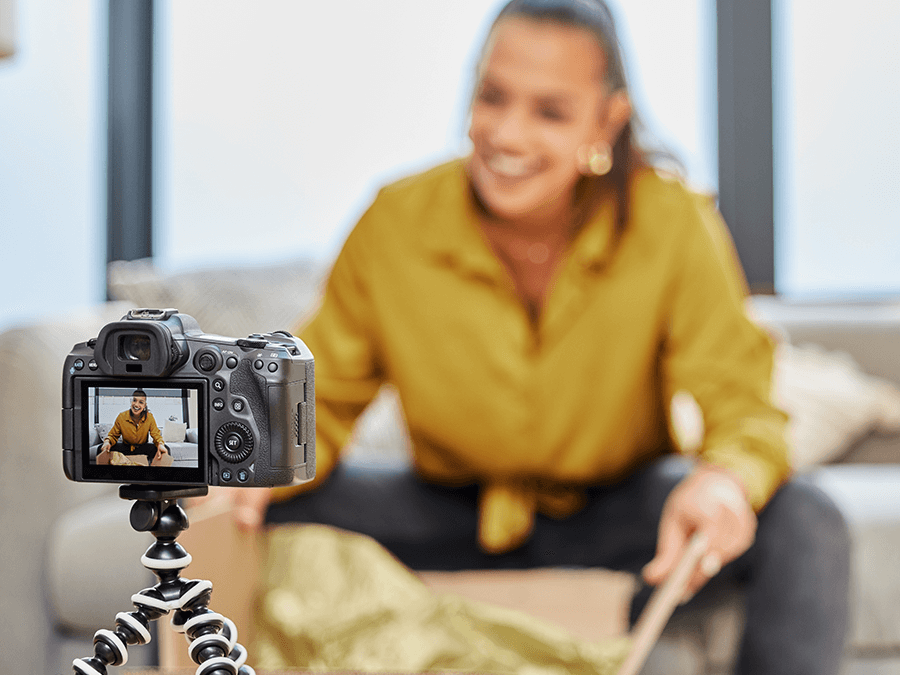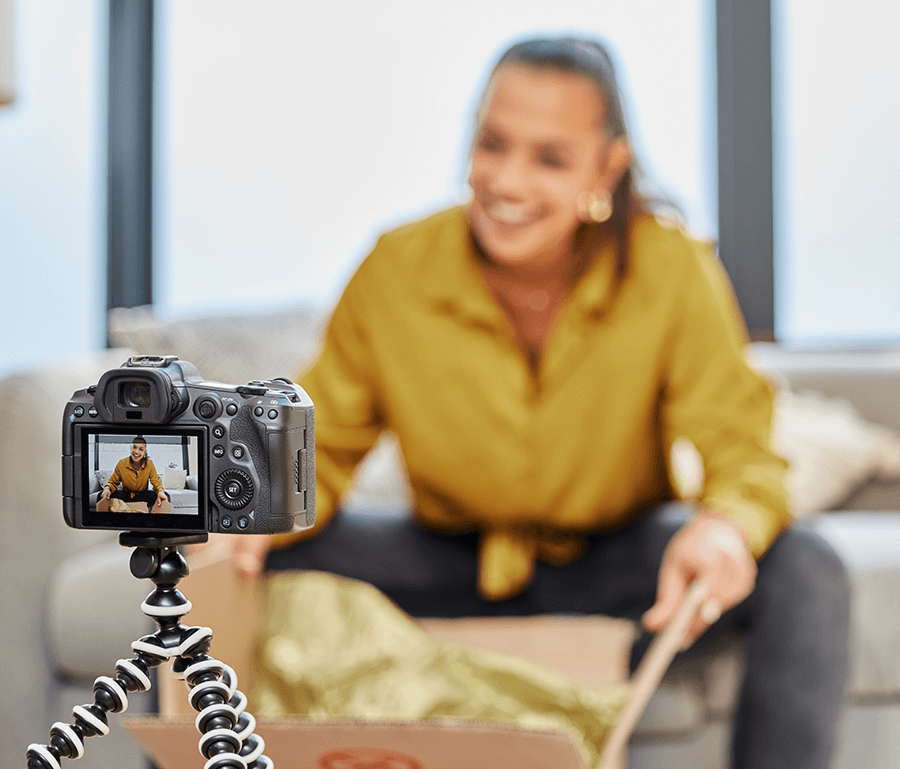
Maximize Your Videos and Photos Exposure: A Guide for Authors Engaged in Digital Marketing

In digital marketing, creating compelling videos and captivating photos is just the first step. To maximize exposure and reach your audience effectively, the goal is to use strategies for repurposing and redistributing your existing content. If you’re an author looking to enhance your social media and digital marketing efforts, here are some tips to help you get the most out of your videos and photos.
1. Choose the Right Platforms
Not all social media platforms are created equal, and it’s crucial to select the ones that align with your target audience and marketing goals. For visual content like videos and photos, platforms like Instagram, YouTube, and Pinterest are ideal for reaching a broad audience and driving engagement. Focus your efforts on the platforms where your audience is most active, and tailor your content accordingly.
2. Optimize Your Content for Each Platform
While it’s tempting to share the same content across all your social media accounts, optimizing your videos and photos for each platform can significantly improve their performance. For example, on Instagram, focus on high-quality visuals and use relevant hashtags to increase discoverability. On YouTube, optimize your video titles, descriptions, and tags to improve search rankings and attract more viewers. Tailoring your content to the unique features and requirements of each platform will help you maximize engagement and reach.
3. Repurpose Your Content
Don’t let your videos and photos gather dust after their initial release—repurpose them for continued exposure and engagement. Turn longer videos into short clips or teaser trailers for social media, or create photo carousels showcasing different aspects of your content. You can also repurpose blog posts, interviews, or book excerpts into visual formats like infographics or slideshows to grab your audience’s attention and drive traffic to your website or social media profiles.
4. Share Behind-the-Scenes Content
One effective way to humanize your brand and connect with your audience is by sharing behind-the-scenes content. Give viewers a glimpse into your creative process, share sneak peeks of upcoming projects, or take them on a virtual tour of your workspace. Authentic, behind-the-scenes content helps build trust and loyalty with your audience and gives them a sense of involvement in your journey as an author.
5. Encourage User-Generated Content
Harness the power of user-generated content by encouraging your audience to share their photos and videos related to your work. Host photo contests, create branded hashtags, or feature fan-created content on your social media profiles to foster a sense of community and engagement. User-generated content not only expands your reach but also strengthens your relationship with your audience and builds brand advocacy.
6. Analyze and Iterate
Finally, don’t forget to track the performance of your videos and photos using analytics tools provided by social media platforms. Pay attention to metrics like engagement rate, reach, and click-through rate to gauge the effectiveness of your content and identify areas for improvement. Use this data to refine your digital marketing strategies and create content that resonates with your audience.
In conclusion, maximizing exposure for your videos and photos requires a strategic approach to social media and digital marketing. By using the helpful tips and tricks detailed above, you can more effectively reach your audience and drive engagement with your visual content as an author.



